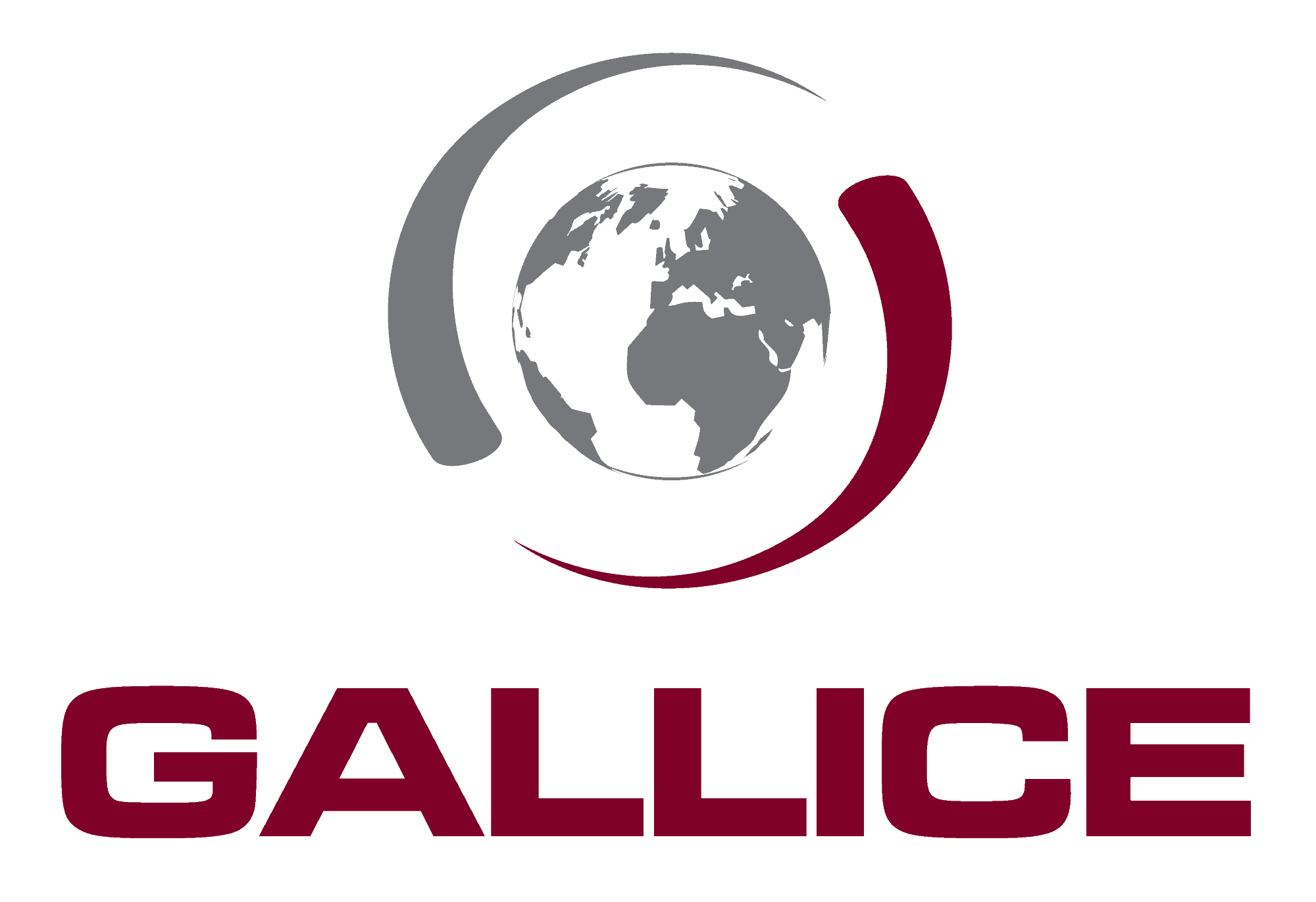SYRIA
Syria remains in 2025 a profoundly unstable country, marked by the collapse of Bashar al-Assad’s regime earlier in the year following accelerated internal disintegration and a loss of regional and international support. This fall has opened a new phase of uncertainty and fragmentation, without bringing an end to the conflict.
Since Assad’s departure, Syrian territory is more fragmented than ever, with a proliferation of local power centres. The main areas of the country are controlled by a variety of actors:
The US-backed Syrian Democratic Forces (SDF) maintain control in the northeast, though under growing pressure from Turkey.
Islamist and Turkish-backed militias still control the northwest (Afrin, Idlib).
The south (Suweida, Deraa) is under the control of local Druze or tribal coalitions demanding autonomous governance.
The central region (Homs, Hama) and parts of Damascus are in a security vacuum or governed by improvised civil committees, often infiltrated by armed groups.
In this chaotic context, Islamic State (IS) cells have stepped up operations, particularly in the Badia (central desert), around Deir ez-Zor, and in the outskirts of Damascus, where the absence of a stable central authority favours their resurgence.
Israeli and US strikes continued throughout 2024–2025, targeting Iranian-affiliated groups or former regime arms depots. Syria remains an active theatre of the regional Iran–Israel conflict, especially near the southern border.
The country is now mired in security anarchy:
Kidnappings, extortion, looting, and score-settling are daily occurrences.
Organised crime thrives in the absence of judicial institutions.
Former regime security services sometimes operate in the shadows, fuelling fear in formerly loyalist areas.
Humanitarian access is extremely difficult: NGOs must negotiate with a wide range of local authorities, some hostile or unstable. Foreign personnel movements are limited, heavily supervised, and often impossible outside of escorted missions.
All travel is strongly discouraged throughout Syrian territory.
Border regions with Turkey, Iraq, Jordan, Lebanon, and Israel are unstable and likely theatres of armed operations.
Damascus, partly depopulated, remains tense, divided between rival militias and self-proclaimed local authorities.
Kurdish areas, though relatively safer, are under threat from Turkish military operations and jihadist infiltrations.
Any humanitarian or diplomatic access must be supported by robust security arrangements, detailed analysis of local interlocutors, and emergency evacuation plans.
